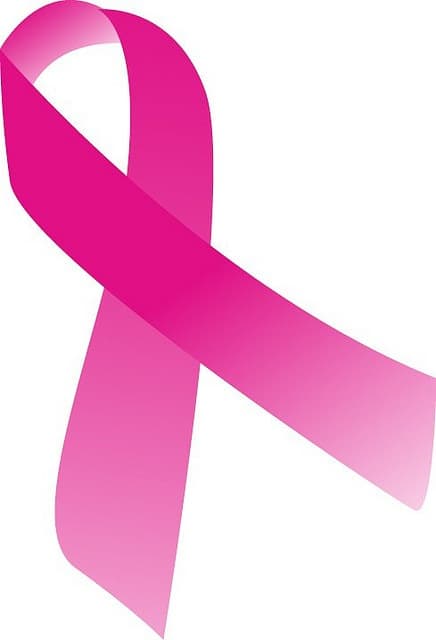Breast cancer awareness and volunteer fundraising are at all-time highs today, despite the ups and downs of front-line institutional advocates like the Komen Foundation.
And when it comes to volunteer activities in our workplaces, a widespread consciousness of the breast cancer cause seems to overshadow all other social responsibility preoccupations.
Employees across North America, many of them relatives or friends of breast cancer survivors and victims, periodically don pink ribbons or other affinity badges, organize donation drives, take part on company teams in organized walks or runs, and so on.
In a remarkable pop-culture-meets-corporate-culture manifestation of this trend, hundreds of medical facilities are creating dance videos performed by their own employees to tracks by Katy Perry, Pink, and other performers. Invariably, the performers in these feel-good videos are inspiring — and more than a little touching — in their beaming, grassroots enthusiasm, if not their choreographic precision.
The example below, from HCA Johnston-Willis Hospital in Richmond, VA., captures this infectious spirit brilliantly.
http://www.youtube.com/watch?v=IIYgtqhAy7A&feature=youtu.be
The creative impulses behind this and other examples of the trend are not entirely spontaneous, of course. As our colleagues in health care HR will tell you, the videos are actually entries in a growing yearly competition sponsored by Medline, Inc. and the National Breast Cancer Foundation.
Participation from bottom-to-top on the org chart
The program pulls in an impressive number of videos from hospitals of all sizes and in all localities. Among the participants are California’s Kaiser Permanente and Scripps Medical, small rural facilities like the Winslow Indian Health Center in Arizona, and many prominent university and urban health center.
Considering the planning and production requirements necessary to craft (relatively) polished dance videos involving scores of employee cast members, the number of entries testifies to the powerful emotional pull that breast cancer exerts on medical professionals. At the same time, these productions generally involve dancers from throughout a given hospital’s hierarchy, including physicians and management at the top end.
Certainly this is an overt declaration of the hospital team’s solidarity concerning the importance of the cause, not to mention a demonstration of pervasive good-sport attitudes about performing in so public a medium.
Mobilizing organizational culture For The Cure
So here’s a question with a self-evident answer: what do these videos say about the spirit of teamwork and collaboration, of inclusion and workforce engagement, at their respective institutions?
Certainly it’s a safe bet that none of them would have reached the competition stage without executive management and HR leadership buy-in. Still, the real driver here has to be bottom-up shared enthusiasm among rank-and-file team members.
This level of engagement speaks volumes about workplace culture and trust, not to mention the volunteer spirit, in the hospitals that are willing to push this boulder to the top of the hill. This is no slick and precocious “Let’s do a show in the barn” impulse from a Mickey Rooney-Judy Garland high school musical of 70 years ago.
As the best (no, all) of these videos demonstrate, it takes an across-the-board commitment that’s simultaneously serious and playful. And make no mistake: these qualities wouldn’t be so movingly obvious in the videos if they weren’t authentic hallmarks of the everyday working cultures of the hospitals themselves.
Better than a job fair?
Can a health care professional on the outside get an authentic sense of what it’s like to work at a “pink glove” institution from watching its video? Granted, the videos offer little hard evidence about medical excellence or quality of care. But each testifies, at the very least, to teamwork, inclusiveness and shared commitment among management and staff alike.
For many health care pros these are telling cultural markers that can tip the balance in a decision to change jobs. On the flip side, these same hallmarks can remind current team members that their hospital is a great place to work, even if they didn’t perform in its video.
In either event, it goes right to the notion of brand and, as always, a healthcare brand is all about culture, attitude and teamwork among the folks responsible for delivering its services.
